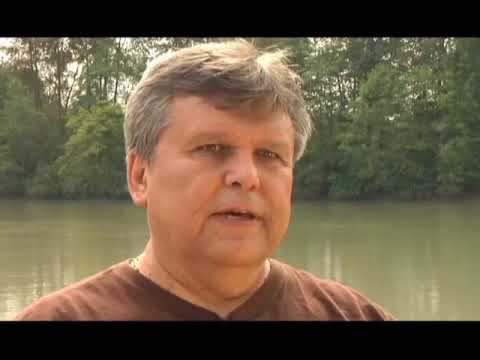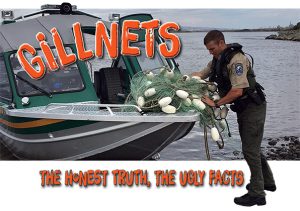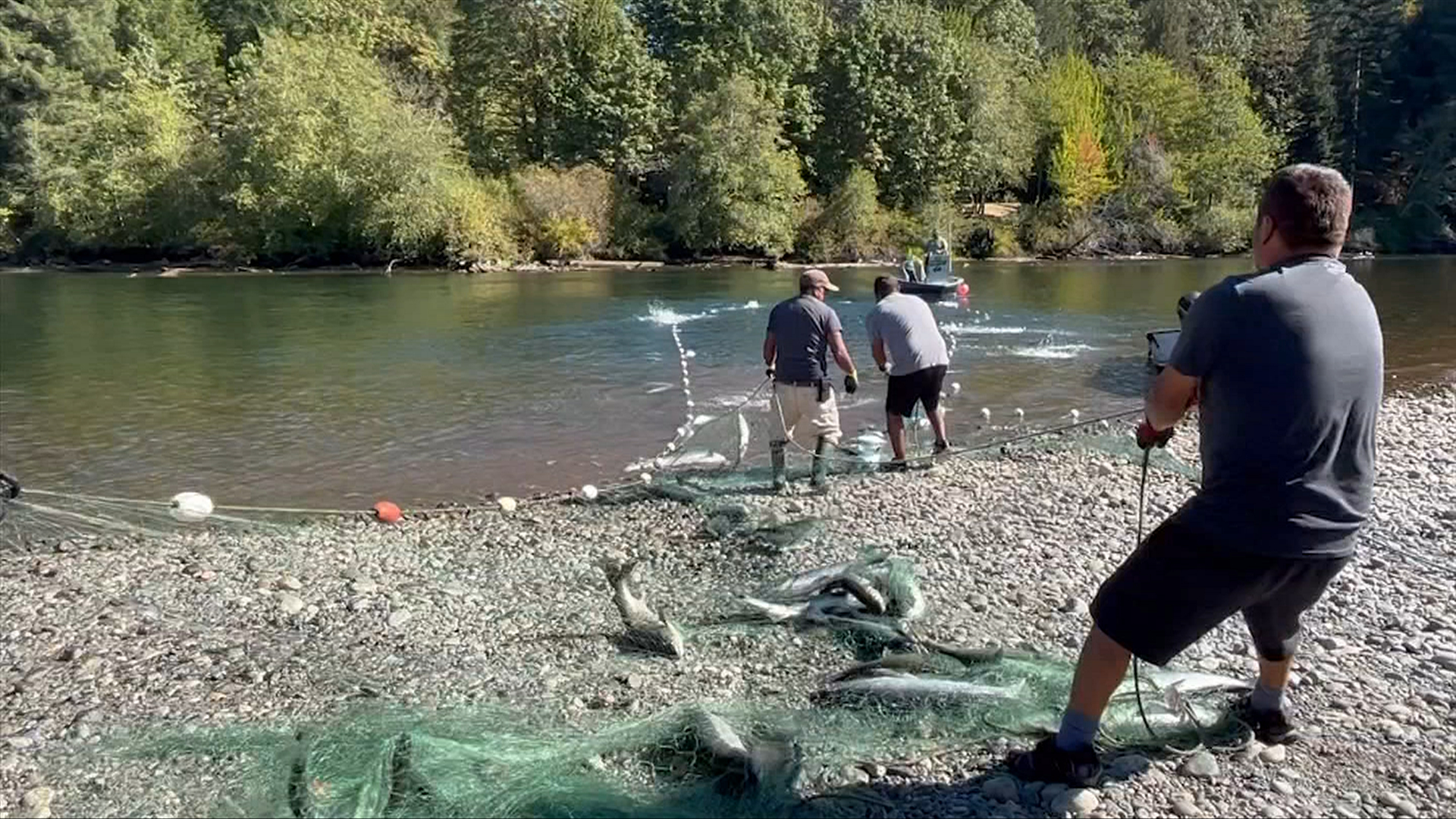09 AUG THE UGLY TRUTH ABOUT GILL NETS
Posted at 16:25h in
CCANC News Blog,
General by
CCANC-Rip
Editor’s note: This story appeared in The Reel News, which covers outdoor issues in the Pacific Northwest
By Jim Tuggle
I read somewhere in the past few weeks, that Washington Fish and Wildlife Director Kelly Susewind proclaimed that “Gillnets are specie specific”. This statement has been eating at me for all of those weeks ever since I read it. The statement simply is not true. Director Susewind’s statement is symptomatic of what is wrong with the fish management division at WDFW. The Director is off to a rough start at WDFW because of the figurative mountain of ills he has to climb to regain credibility in the department’s salmon and steelhead management. I think he’s trying.
But statements like the gillnet one digs him a hole in the contentious issue of the use of gillnets in Washington state’s commercial salmon fisheries, especially on the Columbia River. Where did he get this mis-information? I don’t think he was ever a gillnetter, but I could be wrong. Has he been aboard a gillnetter when it was fishing? Who knows? My guess is that he gained this tidbit of mis-information from a staffer or staffers who think that gillnets are a good deal when it comes to harvest and they ill-advised Director Susewind. There’s a lot to discuss about gillnets.
First of all, gillnets are NOT specie specific. They are SIZE selective, but only to a degree. Second they are an efficient harvester, but they always have bycatch.
I began my career as a Fisheries Patrol Officer on July 1, 1971, starting with six weeks spent on a Fisheries Patrol vessel (Number 1, to be specific) operated out of Bellingham by Officer Auzy Ausmondson, a veteran of many years. Our priorities were to patrol the gillnet, purse seine and reef net fisheries in the general area of the northern San Juans, and Strait of Georgia back when the sockeye commercial fishery was a going concern. I watched a lot of gillnets being pulled that summer.
In the fall, I patrolled Puget Sound and Admiralty Inlet for the gillnet and purse seine fisheries there. I also pulled illegal gillnets from the Duwamish, Puyallup and Nisqually rivers in 1971 and ’72. In the summer of 1973, I was stationed on the Columbia River to patrol the commercial gillnet fishery, among a lot of other things. The Columbia had a healthy and vibrant run of salmon and steelhead in those days, and gillnet seasons were frequent. Mixed stocks of salmonids invaded the Columbia every month of the year.
In 1983, I was promoted to Fisheries Patrol Sergeant and supervised the patrol of gillnet and purse seine fisheries in mid to southern Puget Sound along with my other duties. To establish my credentials, I have observed likely thousands of gillnets pulled in my career, and also observed their catches. In addition I have pulled about a hundred gillnets myself – almost all of those were illegal and out of rivers.
Although the gillnet fisheries are not as prevalent as they were 40 years ago when we had robust salmon returns, they could be utilized again, but only if we can re-build our salmon abundance to a much higher level, and we’ve got a long way to go with that.
My experiences over the years of my career let me observe steelhead being taken by gillnets in the Columbia during Chinook salmon seasons, even though steelhead were not the targeted specie. In the early 1970’s a commercial fisherman on the Columbia could sell steelhead in Oregon, but not in Washington. Fisheries seasons designed to catch Chinook inadvertently caught steelhead. The web of a gillnet for both the spring and fall commercial fisheries was of a larger size to target Chinook but it didn’t keep a fisherman from also landing large steelhead as well as Coho and the rare chum.
Often sturgeon became wrapped in the web of a net sized to target either Coho or Chinook. Those who targeted sturgeon in a sturgeon-only fishery were required to use a much larger mesh. But still, they would frequently catch a salmon of some kind. I arrested several of them for doing just that when they kept the salmon outside of the sturgeon-only season. Gillnets are a highly effective tool to harvest salmon, but they are far, far from being species specific.
A really tragic example of this was experienced in the early 2000’s. Salmon managers wanted to be able to open a Columbia River spring Chinook gillnet season for a predicted healthy run of hatchery springers, so they did. They ill-advisedly adopted a Coho sized gillnet restriction (about 51/2 inch mesh) in order to have that smaller mesh size act as a tangle-tooth net for the larger specie. It backfired to a tragic degree. The gillnets killed about 21,000 steelhead – mostly wild! The smaller mesh designed to take Coho was perfect for killing large wild steelhead that run in the Columbia the same time as the targeted Chinook. Again, gillnets are not specie specific.
In the early 1990’s The Department of Fisheries hired a paid informant who was a gillnetter to get enforcement officers inside information and a connection to some of the major poaching problems in the commercial fisheries in Puget Sound. I was surprised at the amount of steelhead and immature Chinook that were black marketed in the late chum and Coho gillnet season in November.
Even though the chum were a little larger than the winter run steelhead, still the bycatch was really high. That helped explain to me the rapid decline of the early steelhead population in rivers like the Puyallup and Nisqually. The bycatch was not documented on required landing documents. (That would be a good reason for having observers aboard random vessels during commercial seasons, rather than merely studying landing receipts.)
The informant put us onto a lot of egregious violations, not all of which were non-Indian related. A big raid by Fisheries officers on the Nisqually cost the Tribal Police Chief his job. I was there.
Early chum salmon bound for northern Hood Canal were routinely harvested in Coho gillnet fisheries years ago. (The chum became listed under ESA.) Why the bycatch? Because the chum are the same size as Coho. But there is more than a gillnet’s mesh size to be effective. They aren’t quite the single wall of net that many believe. It’s all about how the fisherman “hangs” the net when he’s building it.
Columbia netters often “string” their nets from the cork line to the lead line with “strings” (heavy twine, actually) so that the net hangs from the cork line limp and loose, not taught. This creates an even more effective tool for catching salmon. The mesh becomes more effective because it amounts to a smaller mesh from being limp rather than stretched more tightly. Some gillnets are even constructed to have a double wall, or apron effect when hung by an expert. That not only increases the net’s effectiveness considerably, but also their bycatch. Gillnets are only SIZE selective.




